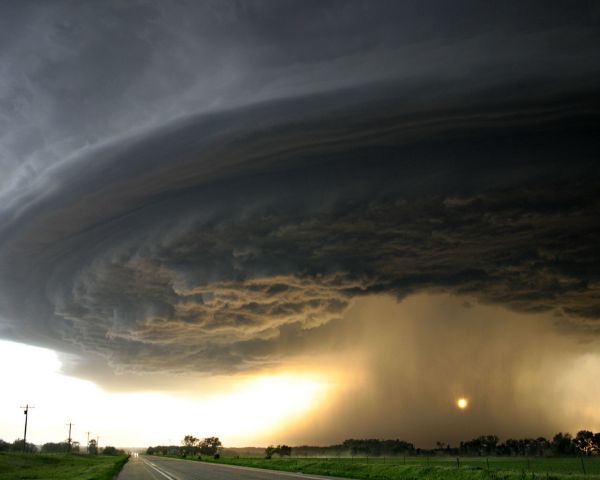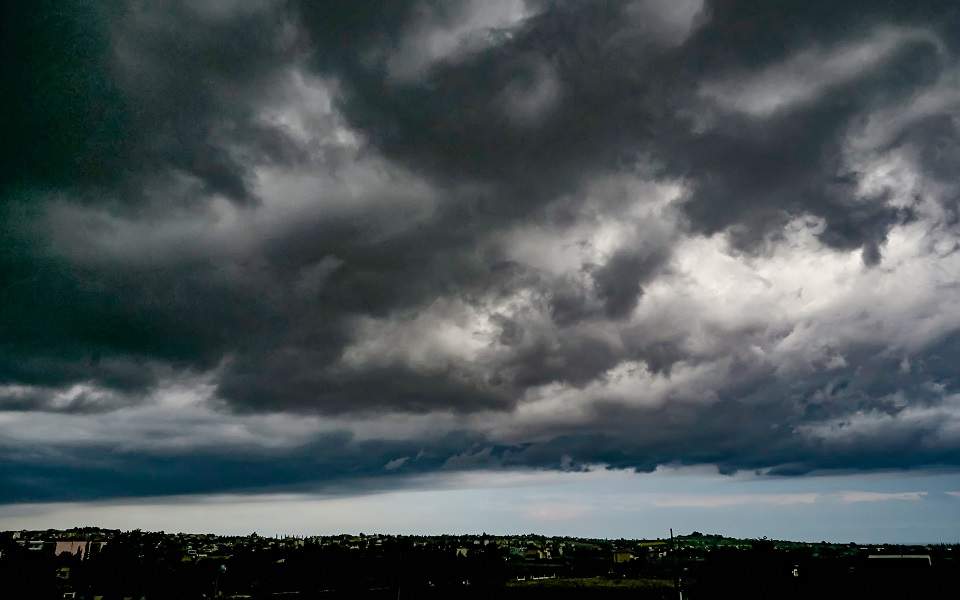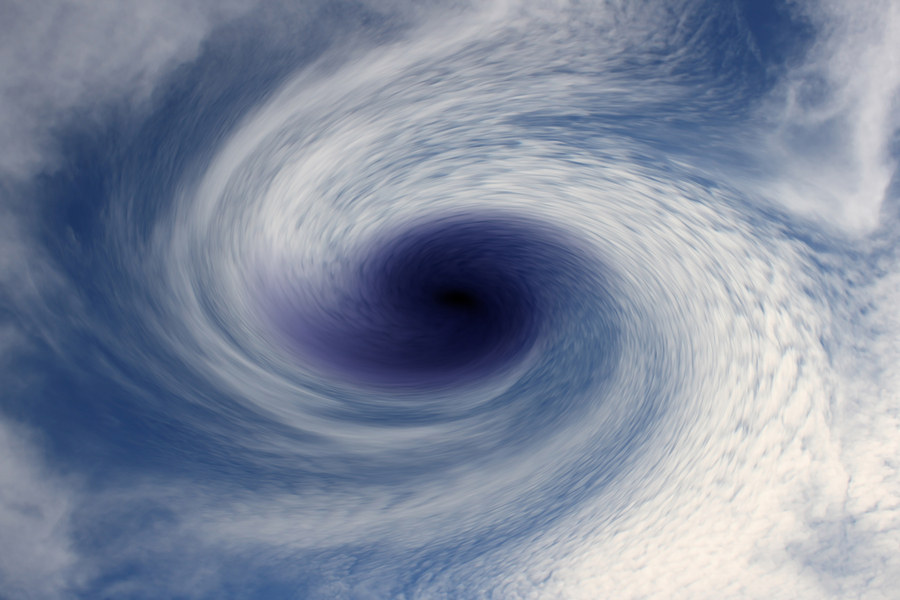Table of Contents
- Beautiful Timelapse of a Supercell Storm in Texas
- CNN storm tracker
- Lightning Storm at Sea | Displaying 15> Images For - Lightning Storms ...
- Being Thankful For Storms
- Storm Tracker Forecast: Showers & thunderstorms lingering Tuesday - YouTube
- Tropical Storm Risk
- Storms
- Storms forecast over weekend | eKathimerini.com
- Storm Tracker Forecast: DANGEROUS heat persists & elevated fire danger ...
- Tropical Storm Risk

Severe storms and flash flooding have been wreaking havoc across various parts of the world, leaving a trail of destruction and chaos in their wake. These natural disasters can be unpredictable and deadly, making it essential for individuals to be aware of the risks and take necessary precautions to ensure their safety. In this article, we will delve into the world of severe storms and flash flooding, exploring what causes them, their effects, and most importantly, how to prepare and respond to these events.

What are Severe Storms and Flash Flooding?

Severe storms refer to intense weather conditions characterized by heavy rainfall, strong winds, hail, lightning, and tornadoes. These storms can be classified into different types, including thunderstorms, derechos, and supercells, each with its unique set of characteristics and potential for damage. Flash flooding, on the other hand, occurs when heavy rainfall causes water to rise rapidly, overflowing into streets, homes, and businesses, often with little to no warning.

Causes of Severe Storms and Flash Flooding

Severe storms and flash flooding are often the result of a combination of atmospheric and geographical factors. Heavy rainfall, warm and moist air, and wind shear can all contribute to the development of severe storms. Flash flooding, in particular, is often caused by intense rainfall, poor drainage, and urbanization, which can increase the risk of water accumulation and runoff. Climate change is also playing a significant role in the increasing frequency and intensity of these events.

Effects of Severe Storms and Flash Flooding
The effects of severe storms and flash flooding can be devastating. These events can result in loss of life, injury, and widespread property damage. Flash flooding, in particular, can be deadly, as it can sweep away vehicles, destroy homes, and disrupt critical infrastructure. The economic impact of these events can also be significant, with costs running into millions of dollars. Additionally, the aftermath of these events can lead to long-term health and environmental consequences, including waterborne illnesses and pollution.

Preparing for Severe Storms and Flash Flooding
While it is impossible to prevent severe storms and flash flooding, there are steps that individuals can take to prepare and minimize the risks. This includes:
- Staying informed about weather conditions and sign up for emergency alerts
- Creating a emergency kit with essential supplies, such as food, water, and first aid materials
- Having a plan in place, including a safe evacuation route and a meeting point
- Securing outdoor furniture and other items that could become projectiles in strong winds
- Staying away from flooded areas and avoiding driving or walking through floodwaters
Severe storms and flash flooding are powerful and unpredictable natural disasters that can have a significant impact on individuals and communities. By understanding the causes, effects, and risks associated with these events, individuals can take necessary precautions to ensure their safety. It is essential to stay informed, be prepared, and take action to minimize the risks associated with severe storms and flash flooding. Remember, safety is a collective responsibility, and by working together, we can reduce the impact of these events and build more resilient communities.
Stay safe, and stay informed. Follow local weather forecasts and emergency alerts to stay up-to-date with the latest information. Together, we can weather the storm.